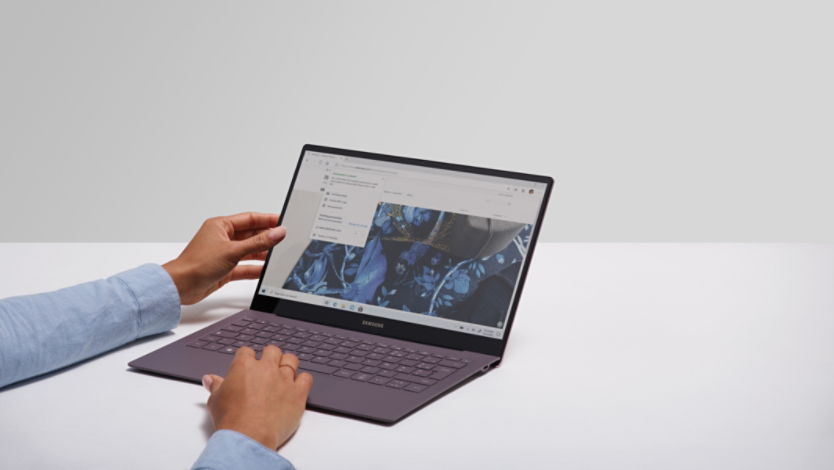
July 18, 2023
What is a digital footprint?
Your digital footprint is the body of data you create through your online activities. In this technological age, every online action you take may leave some form of digital evidence. In addition, when applying to jobs, many employers look at more visible forms of your digital record, such as your social media presence. Learn more about your digital footprint and how to manage it online.
What makes up your digital footprint?
You leave a trail of data in your wake when you use the internet, which explains why it’s referred to as a footprint. However, unlike footprints in the earth, your digital footprint is relatively permanent. Once your data is public, like a social media post, you don’t have a lot of control over how that information is used.
Two types of digital footprints: Active and passive
There are two types of digital footprints:
- Active digital footprints are made when you knowingly share information about yourself online, usually via social media, a video call, or a comments section. You’re aware of the digital trace you’re leaving behind and you may be adjusting your actions accordingly.
- Passive digital footprints are made without your knowledge. For example, data traces from website visits and actions, online shopping, and your search history all contribute to your passive digital footprint.
How is my digital footprint used?
Your digital footprint can be used to do the following:
- Gather information about you. Things like your demographic, religion, personal beliefs, political affiliations, likes, and interests can all be gathered from your digital footprint, usually using cookies.
- Create personalized ads. Advertisers may look at your digital footprint to show you targeted ads that you’re more likely to interact with based on your internet history. For example, if you look at a certain rug online, you may get ads for that rug the next time you use the Internet.
- Perform a background check. If you’re job searching, prospective employers may look at your digital footprint to determine if you’re a good fit for their company. Employers usually only have access to your active digital footprint, namely your social media accounts. Studies have shown that over 80% of employers look at social media when making a hiring decision.
How to protect your digital footprint
Use these tips to manage your digital footprint and protect your online information:
- Delete inactive social media accounts. If you have social media accounts that no longer reflect you and your beliefs, it’s best to delete them.
- Use a VPN. VPNs (virtual private networks) mask your IP address and make your digital footprint harder to trace.
- Protect your personal data. Avoid sharing personal information—like phone numbers, addresses, credit card information, and passwords—online unless absolutely necessary.
- Search yourself. Putting your name into your browser is a great way to take stock of your current digital footprint.
- Browse privately. Reduce your digital footprint by using InPrivate browsing in Microsoft Edge.
- Think before you post. Make sure your social media posts reflect the best version of yourself and won’t hinder any potential employment opportunities.
For more ways to browse securely and smartly, head to the Edge Learning Center.
Frequently asked questions
-
A digital footprint is the data trail you create through your online activities, such as social media posts, website visits, and online purchases.
-
To assess if you’re a suitable candidate for a job, employers may review your social media presence, which is part of your active digital footprint.
-
Active digital footprints are created when you intentionally share information online, while passive digital footprints are generated without your knowledge through actions like browsing and shopping.
-
You can manage your digital footprint by using VPNs, deleting inactive social media accounts, and being cautious about what you post online.
-
InPrivate browsing is a feature in Microsoft Edge that helps reduce your digital footprint by not saving your browsing history, cookies, or temporary files.
- Features and functionality subject to change.
- Articles are written specifically for the United States market; features, functionality, and availability may vary by region.
Products featured in this article

Microsoft Edge
More articles

What is browser hijacking, and are you at risk?

Everything to know about Internet cookies

